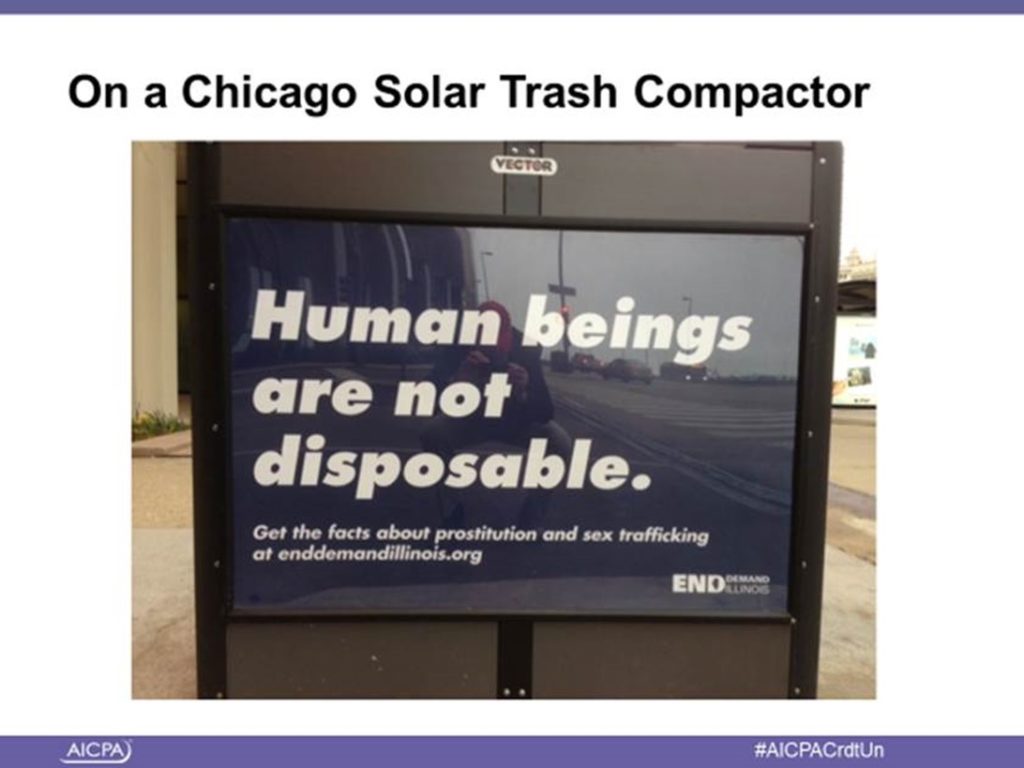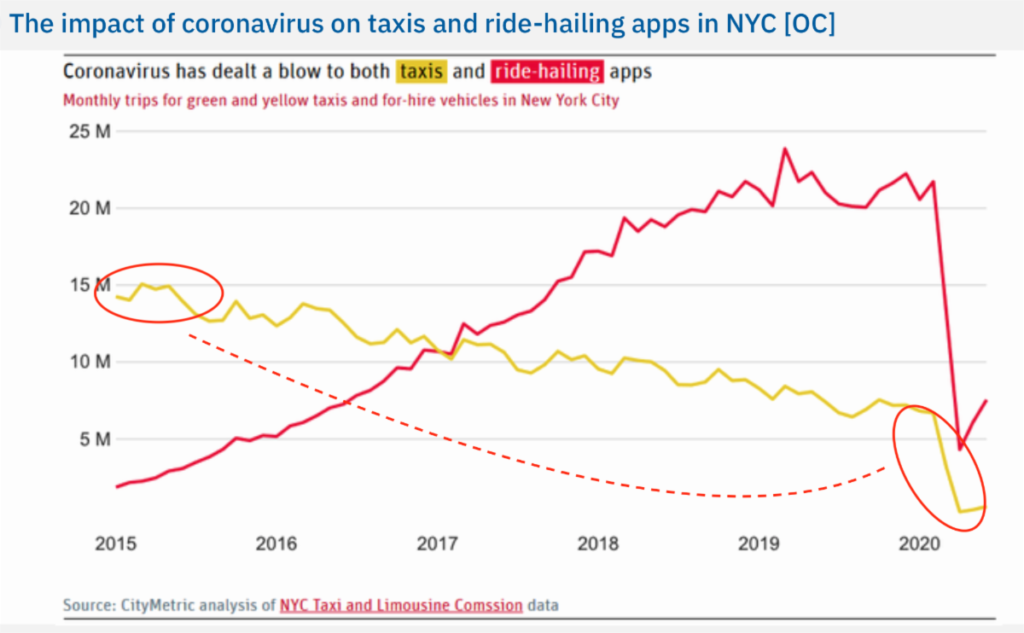If the NCUA board approves a reduction in NCUA’s budget for 2021, it will be the first time in 35 years the budget has been reduced, not increased. In fact, the Agency was able to cut its budget for three years in a row, 1982-1985. Here is how NCUA did it as documented in Agency records.
The Credit Union System 1984 and 2020: 10,229 Fewer Charters
To comprehend the unprecedented nature of NCUA’s prior management achievement, it is helpful to compare the scale of the Agency’s operations in 1985 versus today. At September 30, the end of fiscal 1984, NCUA with six regional offices examined annually 10,640 federal charters, and insured 4,722 state charters, a total of 15,362 active credit unions.
Thirty-six years later, September 30, 2020, NCUA oversees 3,213 federal charters and insures
1,920 state charters for a total of 5,133 or a reduction of 10,229 federally insured credit unions. There are three regional offices.
The following two NCUA press releases from 1984 provide budget details and the benefits the savings brought to federal credit unions enabling a 64% reduction in the FCU operating fee scale over these three years.
From an NCUA Press Release, July 25, 1984:
NCUA 1985 Budget Down 4.9%
The National Credit Union Administration board approved a fiscal year 1985 budget that is 4.9% below the Agency’s 1984 budget. This is the third consecutive year in which the budget has been cut. It is he largest reduction to date.
. . . the fiscal year 1985 budget , totaling $32 million, is down $1.7 million or 4.9% from the 1984 budget of $34.7 million
“We won’t forget that credit unions provide the primary source of funding the Agency,” said Board Chairman Edgar Callahan. “Deregulation and decentralization have enabled us to provide better and faster service to credit unions at less cost and to concentrate our efforts on our primary mission—safety and soundness. “
Despite the trimmed down budget, money for training and education has been increased because the Agency believes a better trained examiner force is essential in a deregulated environment. . . The bulk of the increase will go to a training session for new examiners and for the NCUA’s National Examiners’ Meeting in December. This week-long educational session will bring together federal and state credit union examiners. It is the first meeting of its kind. . .
From a September 15, 1984, NCUA press release announcing the reduction in its annual operating fee.
FCU Operating Fee Slashed 24%; Scale Cut 64% Over Three Years
The National Credit Union Administration Board today slashed by 24% the operating fee scale for federal credit unions in 1985, bringing to 64% the total fee scale cuts over the past three years.
The dramatic 24% cut will save federal credit unions more than $4.3 million in 1985 and has saved them more than $15 million since 1983, the first year in the NCUA’s history that the fee scale was cut. . . .
Previously the operating fee scale had risen by 9% in 1980, 8% in 1981, and 7.5% in 1982
“For the third straight year the efficient operations of the Agency have allowed us to put money back into the pockets of federal credit unions,” said NCUA Chairman Callahan. “This is an impressive track record, one that the agency and the entire credit union system can be proud of.. ..”
The NCUA board attributed the Agency’s success in keeping costs down to high productivity by NCUA staff, personnel reductions and a shifting of resources from the central office to the field where they are needed most.
For example, NCUA for the second year in a row has completed an annual examination of each federal credit union, an achievement not seen since the mid-1970’s. Although total agency employment has been reduced by 15%, the number of examiners has increased to an all-time high (369). Getting back to a once-a-year exam cycle exemplifies the Board’s desire to promote safety and soundness while leaving management decisions in the hands of credit unions. . .


